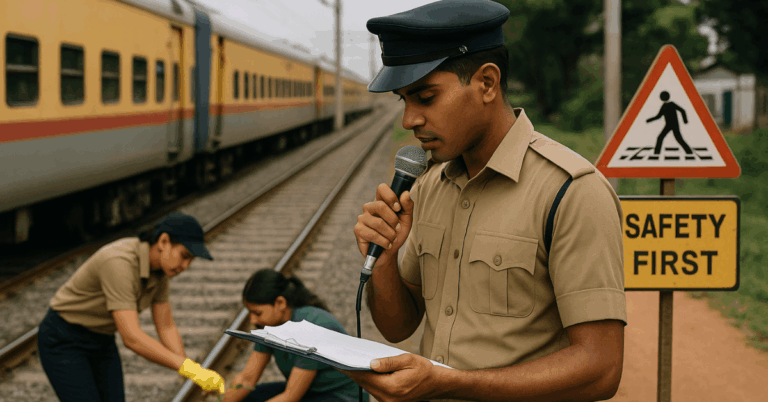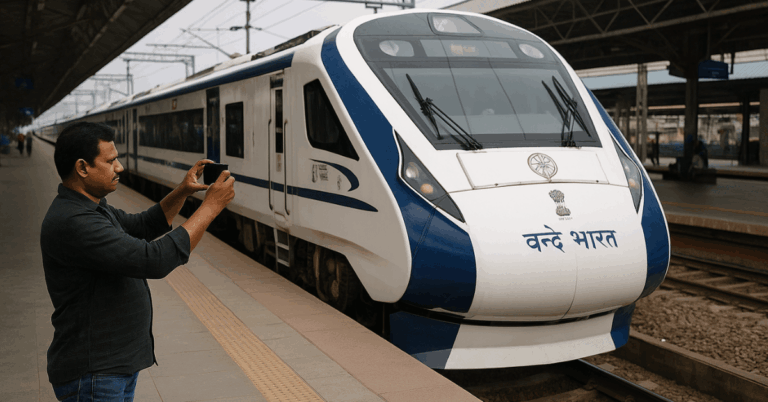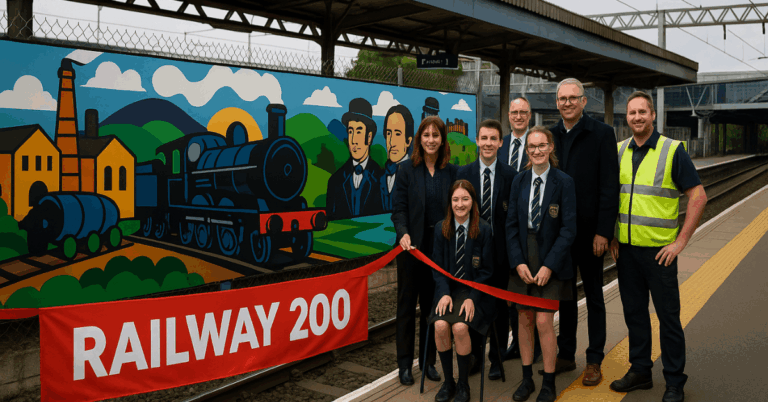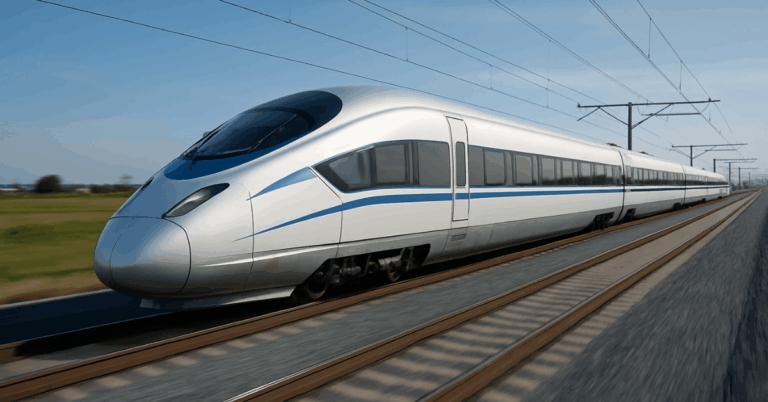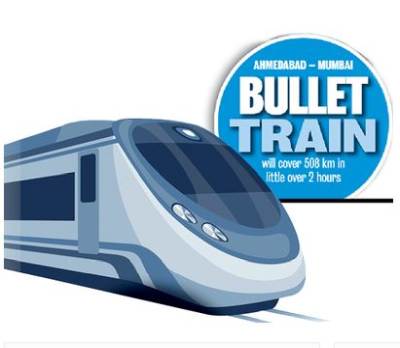Efficient rail hubs turn green when Eco Clubs Distribute Saplings in visible, well-run campaigns. Passengers leave stations carrying fruiting or shade trees, while safety teams reinforce platform etiquette and level-crossing rules.
Madurai Junction’s 2019 effort set a strong template: 2,000 saplings, clear messaging, and coordinated volunteers.
Treat sapling distribution as part of railway environment initiatives that reduce litter, raise safety awareness, and improve air quality around busy corridors.
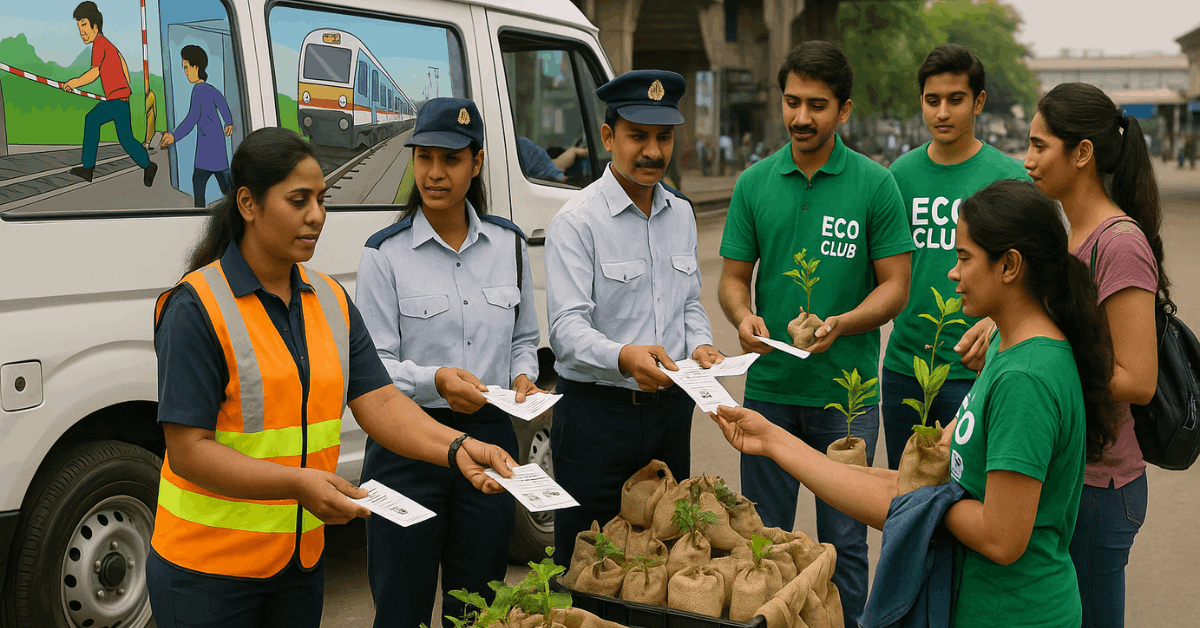
What the Model Looks Like in Practice
Rail stations offer concentrated footfall, predictable schedules, and supportive civic partners that streamline outreach. Eco clubs align volunteers, coordinate species stock, and communicate basic planting instructions in multiple languages when needed.
Commuters accept saplings readily when the queue moves quickly and instructions are simple. Railway teams should combine events with existing safety observances or health drives to secure space, staff, and permissions.
Operations managers approve distribution points, signage positions, and quick clean-up plans so platforms remain orderly during peak hours.
Madurai Junction, World Environment Day 2019
Madurai Junction demonstrated the format during World Environment Day 2019, distributing 2,000 saplings, mainly pomegranate, guava, and pungam, to arriving passengers. Senior officials led the effort, and a level-crossing awareness van launched the same day to extend safety messaging across the division.
Southern Railway Women’s Welfare Organisation supported parallel tree planting at nearby railway housing, showing how on-site distribution and institutional planting can run together.
Beat Air Pollution Theme
That year’s World Environment Day theme, “Beat Air Pollution”, matched the choice of saplings and the focus on local air quality. UN Environment and WHO materials emphasized community-level actions that reduce pollutant exposure, and sapling drives fit squarely within those actions.
Level-crossing messaging paired naturally with the event. The International Level Crossing Awareness Day campaign promotes safe behavior at road-rail interfaces worldwide; synchronizing tree giveaways with safety reminders improved reach without additional crowding.
Continuity matters beyond a single year. Madurai Division and local partners have repeated tree-planting and awareness activities around subsequent World Environment Days, reinforcing public recognition and making volunteer mobilization easier each cycle.
Why Sapling Drives Align With Global Campaigns
Air quality and urban heat are practical commuter concerns around rail property, not abstract environmental goals. Saplings absorb pollutants over time, add shade for station walks, and raise the perceived care of public spaces. WED 2019 guidance highlighted simple, scalable actions; rail-station giveaways convert that guidance into visible habits.
Level-crossing safety campaigns target behavior at a critical risk point shared by pedestrians, cyclists, and motorists. Events that blend trees and safety reminders maximize face-to-face interactions without new budgets, because staffing and permissions already exist for the awareness day.
Community eco club volunteers provide trained, short-term capacity that complements railway staff during event peaks. That capacity enables orderly queues and consistent handover scripts, preventing platform congestion and improving the passenger experience.
How Did They Run a High-Quality Sapling Distribution at Stations?
Strong outcomes come from precise planning, not good intentions. The steps below emphasise permissions, traffic flow, species choice, and data capture so each tree has a real chance to survive and deliver benefits.
Step 1 — Secure Permissions and Partners
Operations approval, safety clearance, and space allocation must precede communications. Aim for partners that already manage station programs: women’s welfare organizations, scouts, NCC cadets, or local horticulture societies.
SRWWO-style groups often bring experienced volunteers and established procurement channels.
Step 2 — Finalize Species Selection and Care Sheets
Match trees to microclimates near rail corridors and residential recipients. Fruit trees such as pomegranate or guava work where households manage watering, while hardy natives like pungam (Pongamia) or neem suit roadside verges.
Provide a one-page care sheet in plain language plus QR codes linking to pictorial guides. Place species selection for saplings under a horticulturist’s review when possible.
Step 3 — Engineer Queues and Handover Scripts
Locate distribution away from platform edges and escalator mouths. Volunteers should ask each recipient about planting location and access to water, then hand over a sapling, compost packet, and the care sheet.
Expect community eco club volunteers to keep index cards or quick digital forms for contact capture and later follow-ups.
Step 4 — Integrate Level-Crossing Messaging
Attach simple safety reminders to each bag and run short, timed announcements between train arrivals. Coordinating with level crossing safety awareness teams keeps the message consistent, while instructors at the awareness van handle deeper Q&A off the platform.
Step 5 — Plan Follow-Ups and Measurement
Schedule 30-, 90-, and 180-day checks via text or messaging apps. Offer small incentives for photo updates to confirm planting and survival. Data supports targeted re-planting and proves results to sponsors.
Recommended Saplings for Urban Rail Corridors
Strong species choices improve survival rates, reduce maintenance friction, and avoid root conflicts near tracks. The table below offers a simple global starter list; adapt to local regulation and nursery availability.
Many stations serve mixed audiences who travel long distances daily. A shortlist that balances fruit, shade, and resilience helps first-time planters succeed.
Choose stock in healthy polybags, include a stake, and provide a brief watering plan that fits household routines.
| Species (common name) | Typical Height (m) | Best Use Case | Key Care Notes | Risk Notes |
| Pomegranate | 3–5 | Courtyard or small garden fruit | Moderate watering first year; light pruning | Attracts birds; manage fallen fruit |
| Guava | 4–8 | Household fruit near water access | Regular pruning; mulch to retain moisture | Fruit flies in some regions |
| Pongamia (pungam) | 8–15 | Roadside shade, hardy soils | Minimal care after establishment | Large canopy; avoid close to foundations |
| Moringa (drumstick) | 6–10 | Nutrition-focused home gardens | Fast growth; stakes in windy zones | Brittle in storms if unguided |
| Neem | 10–15 | Roadside/compound shade, pest resistance | Drought tolerant after year one | Allelopathic in dense plantings |
Measurement: What To Track After Distribution
Reliable measurement turns a photo opportunity into a durable program. Treat this as core work, not an optional add-on, because funders, railway managers, and city partners will ask for proof of impact.
- Planting confirmation within 14 days: Request a geo-tagged photo and a brief note on the location.
- First-season watering compliance: Send automated reminders aligned to local dry spells.
- Survival at 6 and 12 months: Capture live/dead status and height in broad bands.
- Replacement ratio: Keep spare stock ready for early failures to stabilize numbers.
- Community engagement: Track school or housing-colony groups willing to adopt segments of public verges, supporting station-based tree drives and shared maintenance.
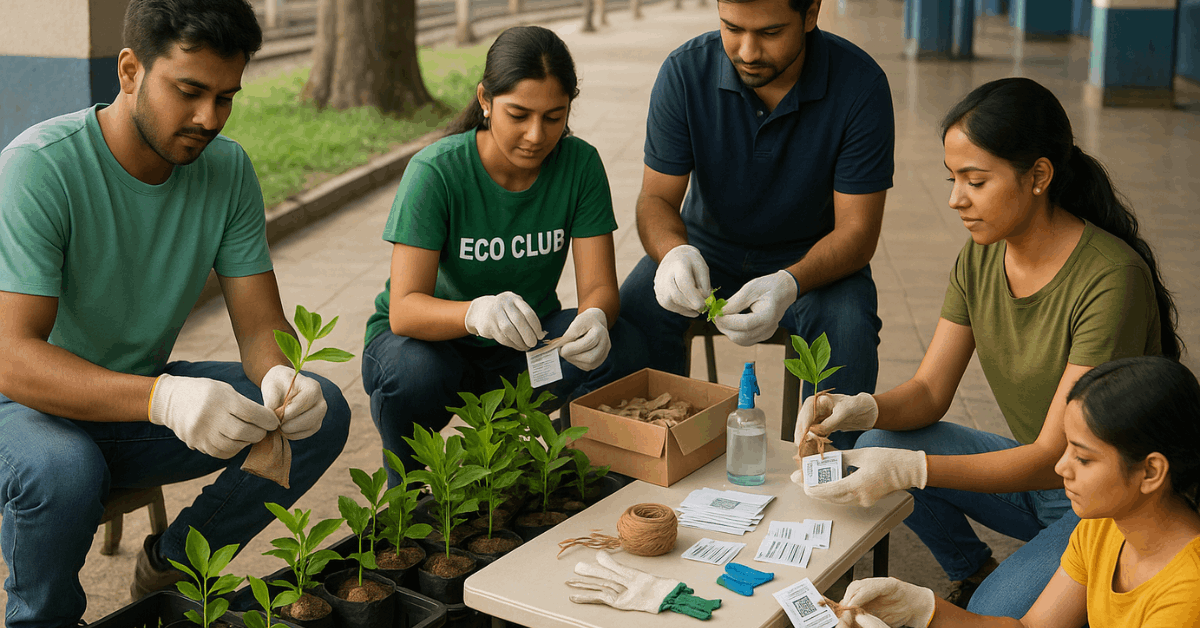
Funding and Incentives That Make Events Repeatable
Sponsors often prefer tangible, local outcomes; a sapling drive delivers both visibility and trackable metrics. Retail partners can underwrite compost packs and stakes, while nurseries provide bulk discounts when survival tracking is guaranteed.
Simple incentives, transit card credits, bookstore vouchers, or recognition certificates, raise response rates for post-event check-ins without large budgets. Rail administrations already run public transport sustainability programs; plugging saplings into that framework simplifies approvals and communications.
Media coverage tends to be more consistent when environmental and safety themes are aligned, especially around World Environment Day or ILCAD week.
Health and Safety Messaging To Pair With Saplings
Basic air-quality facts justify the initiative immediately for commuters and staff. WED 2019 materials underlined links between pollution exposure and health risks, strengthening the case for trees, clean-up drives, and anti-burning messages near stations.
Use short, clear lines in local languages on poster boards and handouts to help commuters absorb the message in seconds.
Rail safety teams should reinforce behavior at crossings: stop, look, listen, and obey signals. Volunteers can demonstrate safe bicycle handling near tracks and discourage mobile-phone distraction on approaches. Pairing the message with a positive handover, like a tree, reduces defensiveness and keeps the interaction friendly.
Conclusion
Railway events that hand commuters living trees create lasting benefits when careful planning supports survival. Eco clubs coordinate people and materials, station teams maintain order, and sponsors fund simple care kits that reduce early failures.
Results improve further when safety campaigns and air-quality messages ride along on the same day.
Carry the Madurai model into other hubs using small, predictable steps: secure partners, pick hardy species, script the handover, and measure outcomes. Consistent follow-ups will raise the sapling survival rate tracking figure each year and keep public enthusiasm strong for the next season.

